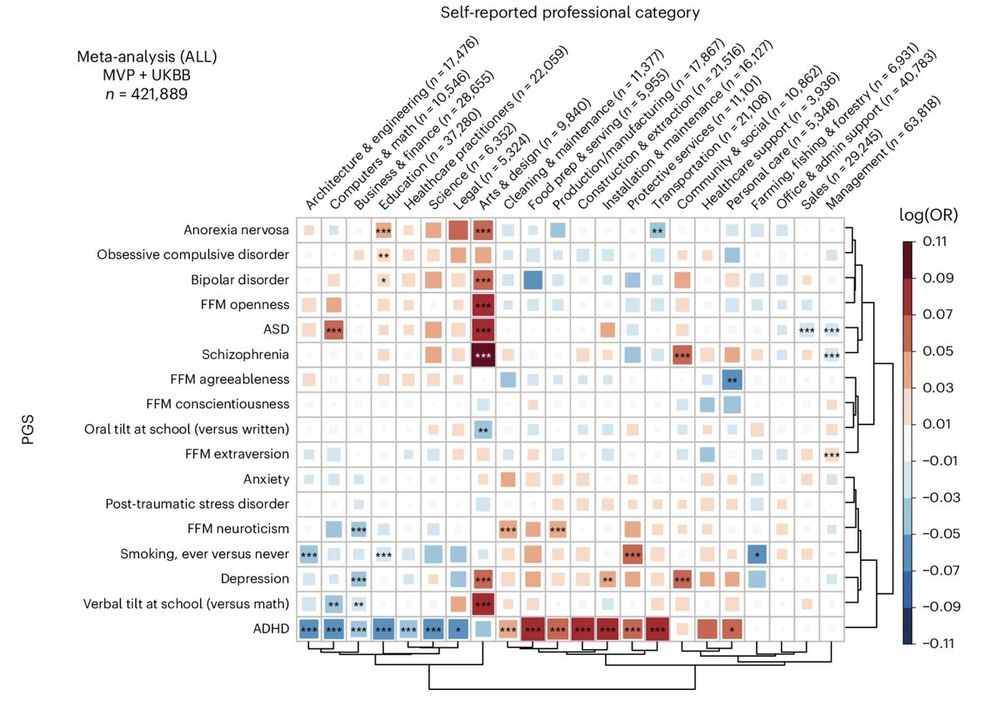Danxi, Xu et al. bioRxiv
www.biorxiv.org/content/10.1...

Danxi, Xu et al. bioRxiv
www.biorxiv.org/content/10.1...
Zheng, Weekley, Vinson, Zhao, Bastle, et al. Nature
www.nature.com/articles/s41...

Zheng, Weekley, Vinson, Zhao, Bastle, et al. Nature
www.nature.com/articles/s41...
Gonzalez, Bell, et al. medRxiv
www.medrxiv.org/content/10.1...

Gonzalez, Bell, et al. medRxiv
www.medrxiv.org/content/10.1...
Foy et al. Nature
www.nature.com/articles/s41...

Foy et al. Nature
www.nature.com/articles/s41...
Using human genetic data we explored IL-6 signaling as a potential target for cerebral small vessel disease (cSVD)🧬🧠
We found no convincing associations between genetically downregulated IL-6 signaling and
👉clinical outcomes
👉MRI markers
👉pathology hallmarks
of cSVD🧵



Using human genetic data we explored IL-6 signaling as a potential target for cerebral small vessel disease (cSVD)🧬🧠
We found no convincing associations between genetically downregulated IL-6 signaling and
👉clinical outcomes
👉MRI markers
👉pathology hallmarks
of cSVD🧵


Cc: @thomasmartinez.bsky.social

Cc: @thomasmartinez.bsky.social

elixir.ut.ee/eqtl/?credib...

elixir.ut.ee/eqtl/?credib...
Álvarez Jerez, Wild Crea, et al. Nat Struct Mol Bio
www.nature.com/articles/s41...

Álvarez Jerez, Wild Crea, et al. Nat Struct Mol Bio
www.nature.com/articles/s41...

www.psychiatrymargins.com/p/a-critical...

www.psychiatrymargins.com/p/a-critical...
Lipid nanoparticles-based delivery of VEGF mRNA to placenta (functional VEGF deficiency plays role in preeclampsia) restores endothelial dysfunction in a mouse model of preeclampsia.
News and Views in Nature by Thadhani & Karumanchi
www.nature.com/articles/d41...

Lipid nanoparticles-based delivery of VEGF mRNA to placenta (functional VEGF deficiency plays role in preeclampsia) restores endothelial dysfunction in a mouse model of preeclampsia.
News and Views in Nature by Thadhani & Karumanchi
www.nature.com/articles/d41...




www.nejm.org/image-challe...
Some thoughts in my reply, with spoilers about what condition this is (though I don't name it).

www.nejm.org/image-challe...
Some thoughts in my reply, with spoilers about what condition this is (though I don't name it).
Hytönen et al. bioRxiv
www.biorxiv.org/content/10.1...

Hytönen et al. bioRxiv
www.biorxiv.org/content/10.1...



